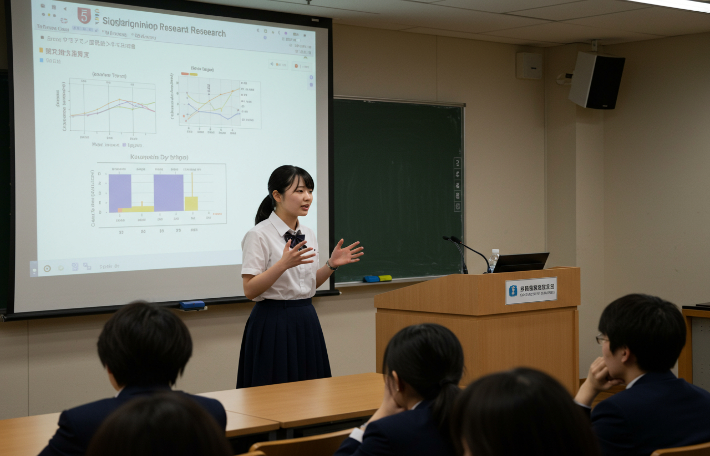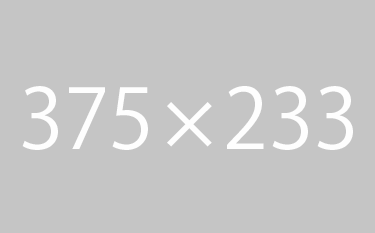Redefining the Second: From Cesium to Optical Clocks

Current Definition of the Second
At present, the SI second is defined by the vibration frequency of the radiation corresponding to the transition between two hyperfine levels of the ground state of the cesium-133 atom. Specifically, 9,192,631,770 oscillations of this transition equal exactly one second. This definition was officially adopted at the 1967 General Conference on Weights and Measures (BIPM) and has remained the foundation of international timekeeping for more than half a century.
Why a Redefinition Is Needed
Cesium atomic clocks are highly stable and reliable, but in recent years, optical atomic clocks have surpassed them in precision. For example, NIST (National Institute of Standards and Technology) has developed optical clocks so accurate that they would gain or lose only one second in over 100 million years. This extraordinary accuracy has motivated the international metrology community to consider redefining the second based on optical standards.
Leading Candidates
Several atomic species are under consideration for the next definition of the second. The leading candidates include:
- Strontium optical lattice clocks — Already tested worldwide with excellent performance in international comparisons
- Ytterbium optical lattice clocks — Valued for their balance of precision and experimental practicality
- Aluminum ion clocks — Ultra-precise, though technically very challenging to operate
These systems are being evaluated through international projects such as the Optical Clock Network comparison experiment, ensuring that the eventual redefinition will be both robust and globally consistent.
Timeline and Impact
The BIPM roadmap envisions a redefinition of the second around 2030. While everyday life will not change noticeably, sectors requiring nanosecond-level precision—such as GPS navigation, internet synchronization, and financial trading—will benefit significantly from the enhanced accuracy.
Conclusion
The definition of the second may seem distant from daily life, but it underpins modern infrastructure. The transition from cesium to optical clocks marks a milestone in time measurement. The adoption of a new definition around 2030 will represent a historic refinement of humanity’s most fundamental unit of time.







この記事へのコメントはありません。